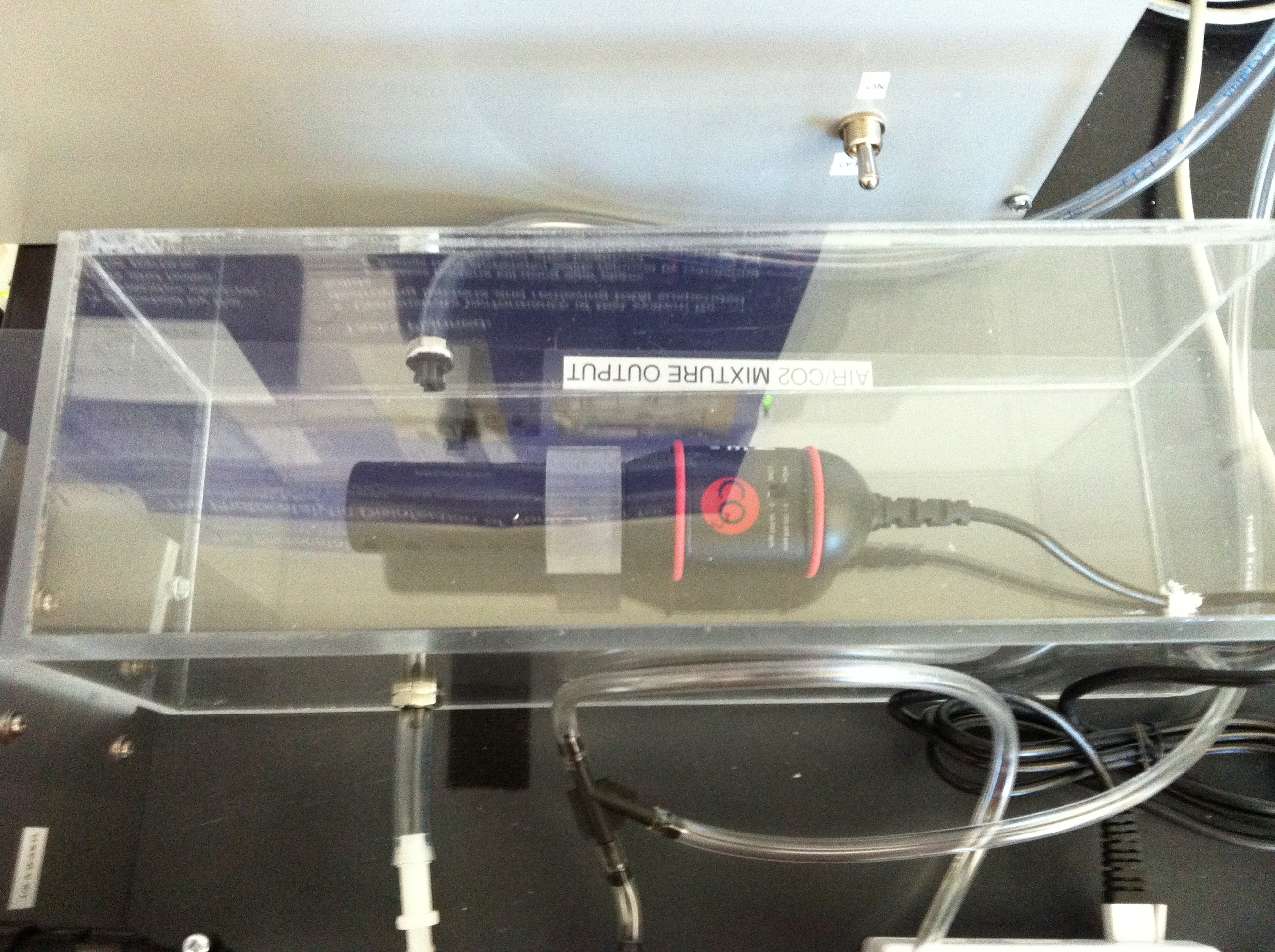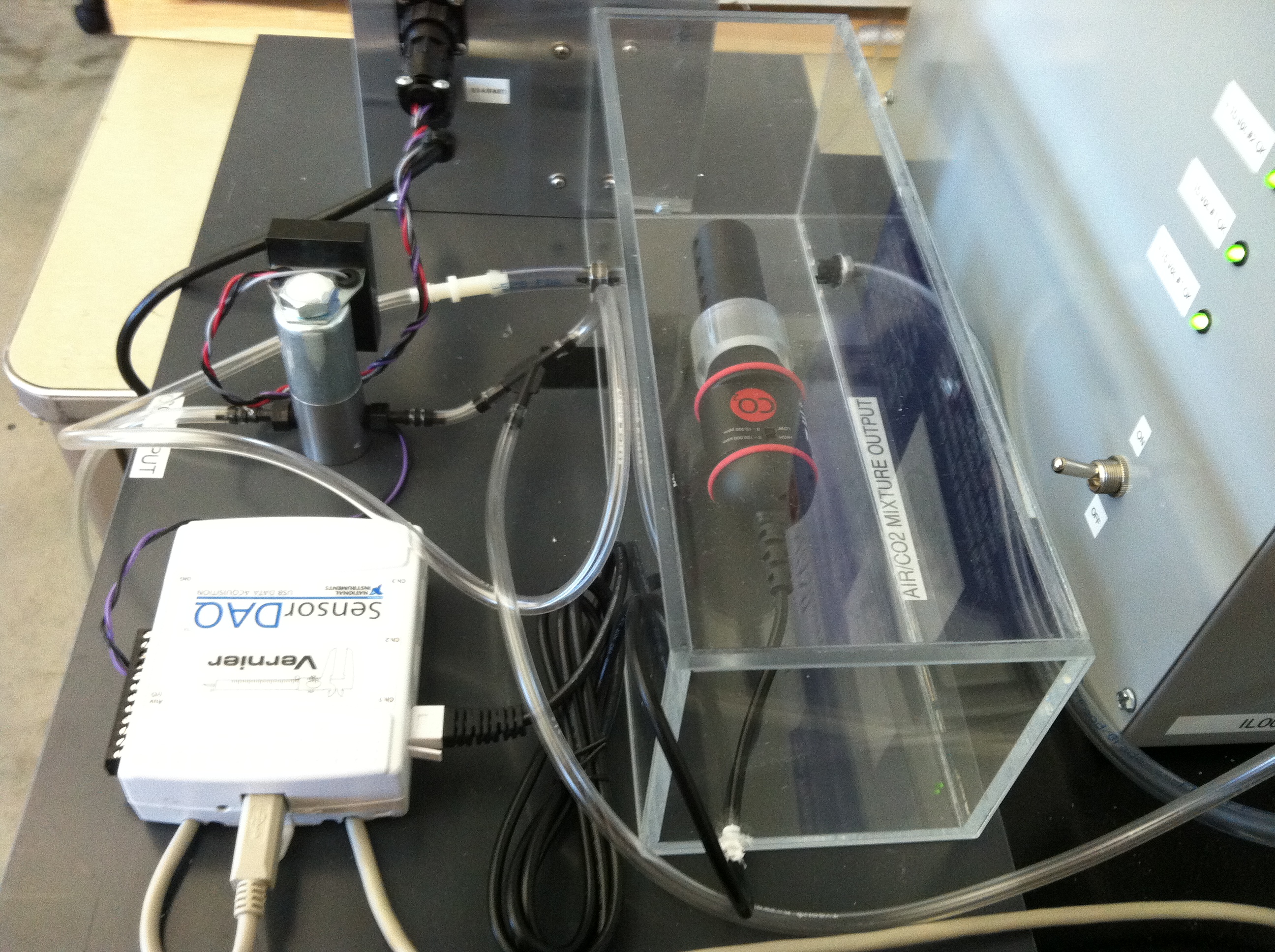Instrumentation Laboratory Project Page
Project: Hydrostatic Pressure Chamber
Department: Chemical, Paper, and Biomedical Engineering
Primary Investigator: Dr. Jessica Sparks
Purpose:
Understanding the biomechanical regulation of liver regeneration could
lead to the development of new treatment strategies for individuals
with chronic liver disease. The purpose of the project is to
investigate the role of mechanical stresses in directing liver
progenitor cell fate. Liver progenitor cells can either mature
into hepatocytes (liver cells) or cholangiocytes (bile duct cells). The
goal is to characterize the effects of hydrostatic pressure on liver
progenitor cell proliferation and differentiation. To do this, we
needed a pressure-controlled cell culture environment. The hydrostatic
pressure system has three chambers which each hold a six-well cell
culture plate and can be disconnected separately to allow for time
points to be taken during experiments. In order to simulate in vivo
conditions, the chambers are stored inside an incubator set at body
temperature, and the system regulates the carbon dioxide concentration
of the air flow to 5%. The air pump, carbon dioxide sensor, and
pressure control unit are placed next to the incubator and are easily
connected to a computer with three USB cables. The IL also designed a
LabView computer program which controls the valves within the system,
monitors the pressure and carbon dioxide levels, and records this data
during experiments.
| |
|
|
 |
 |
|
| |
|
|
|
|
IL
Comment:
Dr. Sparks approached the I\L with the task of designing and
fabricating a 3 chamber system that would control the pressure in the
chambers at a very low level (0 - 0.58 PSI or 0 - 30 mmHg). The
electronics, chambers, and software were developed and fabricated by
the I\L to accommodate the users' requests while also providing the
ability for potential upgrades in the future (for example, flow
measurement - if needed). The system software was developed using NI
LabVIEW to provide an easy to use instrumentation interface for Dr.
Sparks and the student's in her lab.
After the system was being used in Dr. Sparks' lab, she came back to
the I\L to have a 5% (50 ppm) CO2 concentration system added onto the
existing instrument. The addition of more electronics and software
changes were completed by the I\L to meet this request.
There are commercial systems available to do this type of control at
such low pressures for around $40,000 (minimum); however, none of them
incorporated the CO2 introduction within the same instrument, as this
system does now. During system testing, the instrument was able to
control the pressure within 0.2 mmHg of the desired pressure while
maintaining the CO2 level within 0.2 % of the desired concentration.
Cost to
researcher: $2946.10

